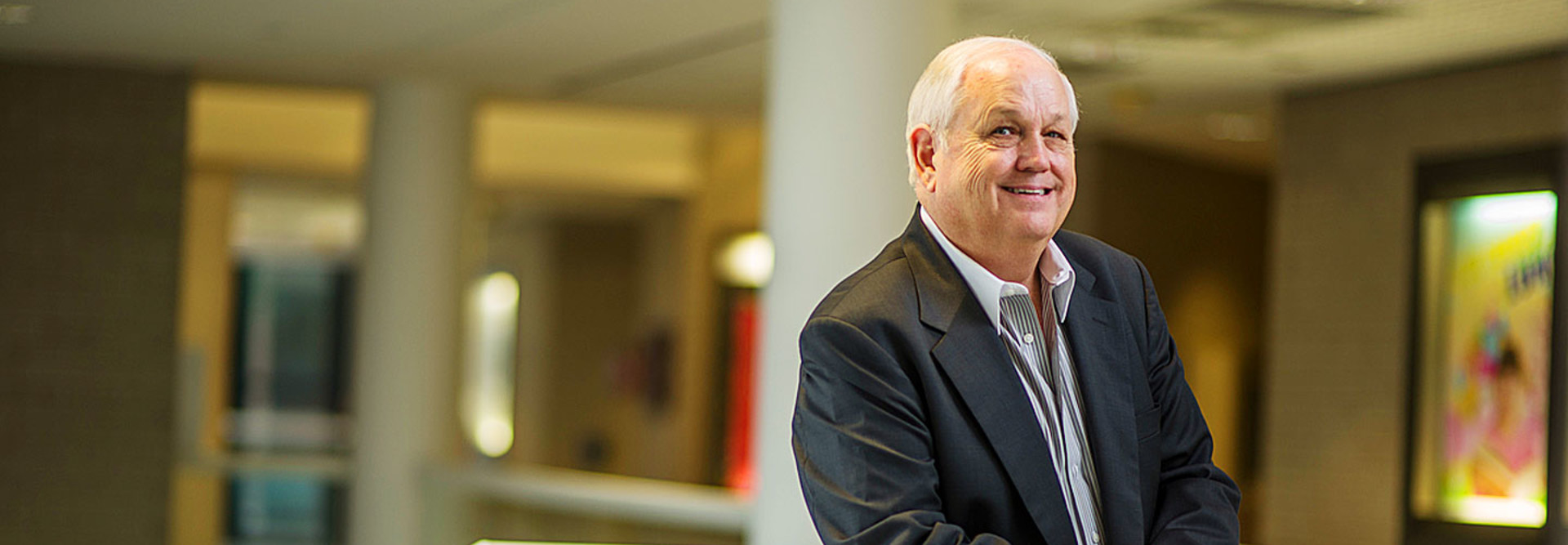Districts Expand Their Wi-Fi Footprints
With more than 193,000 students and 13,000 teachers working in 187 schools, the School District of Palm Beach County in Florida is larger geographically than the state of Delaware.
The district was an early adopter of wireless connectivity because providing reliable, pervasive Internet access is paramount in such an expansive district, says Larry Padgett, director of IT infrastructure and systems support. However, iterations that appeared in schools back in the early 2000s were limited in scope and mostly confined to media centers. Three years ago, as mobile devices were becoming commonplace, the district decided to expand its Wi-Fi footprint.
“We believed then that every student would eventually have at least one, if not two, mobile devices, so Wi-Fi would have to be upgraded,” Padgett says. Today, every classroom in the district has Wi-Fi access. There’s a centrally controlled Aerohive access point in all 12,000 classrooms, as well as most hallways, media centers and other gathering areas such as gymnasiums for a total of more than 17,000 wireless access points.
To complete this massive installation, Palm Beach was able to take advantage of the Federal Communications Commission’s E-Rate program, which raised its spending cap from $2.4 billion to $3.9 billion in late 2014.
“Wi-Fi isn’t just for convenience in schools,” says Zeus Kerravala, founder and principal analyst at ZK Research. “It’s a necessary tool for schools as the way children learn evolves both inside and outside the classroom.”
The Benefits of 'Wi-Fi In a Box'
The Palm Beach implementation uses Aerohive technology in a centrally controlled setup that flows back through the organization’s own WAN. But there are many options when setting up Wi-Fi.
For those districts and schools that don’t have their own IT staff, so-called “Wi-Fi in a box” that uses a cloud-based controller eliminates onsite hardware. It also allows IT professionals to add and subtract access points based on need.
Lamar County School District in south Mississippi employs this type of equipment, says Ross Randall, the district’s director of technology. “We knew we wanted a web-based, hosted solution,” Randall says. “We had a controller-based implementation before, but once you max out onsite controllers, you have to buy a new controller. Cloud was what we needed.”
This is significant because the controller typically handles security and connectivity. If a controller runs out of capacity, additional access points can’t be added without upgrading or adding additional controllers.
Some districts opt for onsite controllers, but outsource installation and architecture. Allegany County Public Schools in Maryland, which has 24 buildings and about 8,800 students, has a centralized system with 795 access points that was installed by local vendors. The main concern for Nil Grove, chief technology officer, was having enough IP addresses to allow a bring-your-own-device policy within its schools. Once they figured out if they wanted one or two controllers, they were able to handle the maintenance and administration on their own.
“The biggest benefit is that we can offer teachers many more cloud-based apps,” Grove says. “Discovery Education Streaming is in every school, and Discovery Techbooks are in our K–8 buildings.”
The school also can offer online testing and assessments conducted wherever teachers want, she says.
Tech Pilot Programs Save Time, Money for Districts
All three schools did pilot programs, trying out different vendors’ equipment and options to see which was right for their organizations. They also were meticulous about making sure there was enough connectivity to handle current and future usage.
When it came time to upgrade Lamar County’s aging wireless network, for instance, Randall says he created heat maps to see where he needed coverage because, although it can seem easier to just “throw an access point in every classroom,” that isn’t always necessary. “We also attached 30 laptops to the network once we were in the testing phase and did heavy up and down loads to see which of the three options we were testing could handle the most traffic,” Randall says.
At the School District of Palm Beach County, while capacity was important, Padgett also concentrated on security. It is imperative that Wi-Fi be available all the time so the educational day isn’t interrupted.
To avoid distributed denial of service attacks, Padgett made sure the wireless equipment’s built-in security was part of a broader security infrastructure that includes firewalls and “lots of virtual LANs to separate traffic.”
It’s this type of planning and testing that will help Wi-Fi become the transformational technology it truly can be, says ZK Research’s Kerravala.
“If you’re going to make the investment, you need to make sure you’re doing it right,” he says. "For the first time, the wireless network can outperform the wired network, so it must dictate everything you’re doing.”









